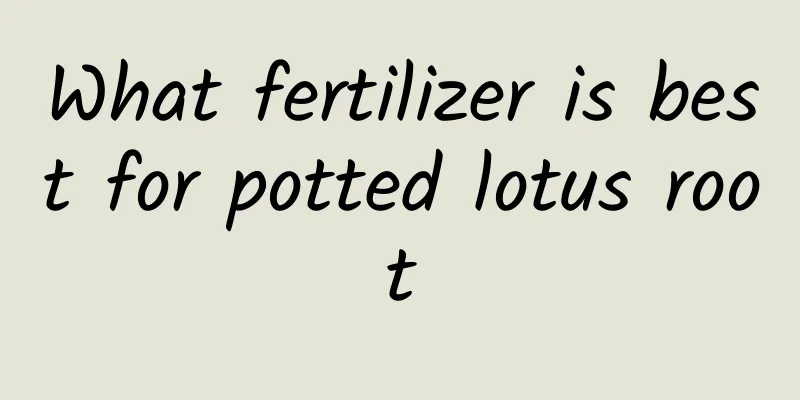How to grow clover so that it will bloom

Clover growing conditionsClover prefers warm, sunny and well-ventilated environmental conditions. It is not very demanding on soil and can adapt to various soil types. It grows well in well-drained, fertile, slightly acidic soil. It is cold-resistant. When the temperature is 0 degrees in winter, some old leaves will turn yellow, but other leaves will remain green. How to grow cloverWhen planting clover, use loose, well-drained soil with certain nutrients in the soil to keep the soil moist. Water it in time, but don't leave water in the pot. Apply some nitrogen fertilizer during the seedling stage, and some phosphorus and potassium fertilizers in the later growth stage. In addition, after being attacked by diseases and insects, you should use medication to treat it as soon as possible. Watering the CloverClover likes a humid environment, so it needs to be watered in time during the growth period to keep it slightly moist, but there should be no accumulation of water in the potting soil. If it is watered too much, its roots will rot due to poor breathing and the plant will die. Fertilizing CloverThe roots of clover have a strong nitrogen-fixing ability, but some nitrogen fertilizer should still be applied during the seedling period to help the seedlings grow strong. Otherwise, the plants will be short and the leaves will turn yellow. In the later stage, mainly phosphorus and potassium fertilizers should be applied. Pay attention to applying thin fertilizers frequently and do not use concentrated fertilizers. Clover pest controlCommon diseases of clover are sclerotinia and viral infection. The diseased plants need to be pulled out, and chemical agents can also be used. Common insect pests include leafhoppers, cutworms, and white cabbage butterflies, which can be killed with special insecticides or pesticides. How to grow clover at homeWhen cultivating clover, you can mix leaf mold, garden soil, and river sand, provide it with appropriate light during the growing period, provide shade in the summer, water it every 2 to 4 days, keep the soil slightly moist, apply fertilizer every 10 days or so, and pay attention to disease and pest control during breeding. Clover maintenance precautionsClover is susceptible to insect pests or diseases during the high temperature period in summer or the rainy season. Pests and diseases can be driven away by spraying pesticides such as DDT. If sclerotinia disease occurs, the diseased stems and leaves of the clover must be cut off first, and then vinyl sclerotinia agents must be used to kill the sclerotial cells. If the potting soil is damp and moldy, the soil must be replaced. |
<<: How to raise colorful unicorns to make them flourish
>>: Does Phoenix Bamboo like water? Is it a water-loving plant?
Recommend
How to grow the ground-rooted flower
1. Slightly acidic loam Slightly acidic loam is s...
Can petunias be planted in the ground?
Can petunias be planted in the ground? Petunias c...
With so much sun, it's no wonder you keep throwing away pots of succulents...
Generally speaking, most succulents that prefer p...
Cultivation methods and precautions of heart-leaf vine
Requirements for light in the cultivation of hear...
Is it better to plant the fragrant vine in a large pot or a small pot?
Is it better to plant the fragrant vine in a larg...
What are the varieties of Hoya
Hoya cymbidium The flowers of the Ring-crowned Ho...
What is Perilla and what are its functions?
1. What is 1. Family: Perilla is a plant of the L...
What fertilizer is best for loofah
Fertilizer for loofah Sponge gourd likes fertiliz...
How to propagate Rouge Cloud? Cutting and sowing propagation methods
How to reproduce Rouge Cloud The common propagati...
How to eat fresh lotus? Can pregnant women eat it?
1. How to eat 1. Fried petals: This is a common w...
How to fertilize and water the fortune tree
1. How to fertilize 1. Fertilization period: Ther...
How to grow petunias so that they bloom out of the pot?
Petunia is a perennial herb loved for its ability...
How to plant durian seeds
1. Planting time The best time to plant durian is...
What should I do if my orchid seedlings are weak? Can I use raw sawdust to grow weak seedlings?
1. What to do if the seedlings are weak 1. Scient...
What to do after hyacinth is pinched by arrows
reason Low temperature Hyacinths generally need t...









